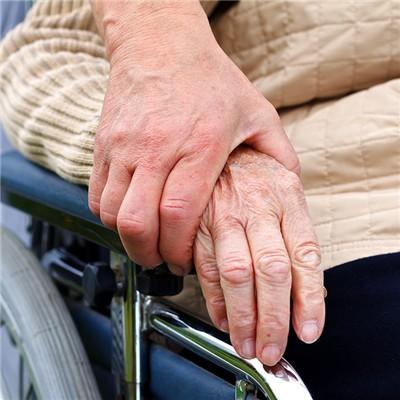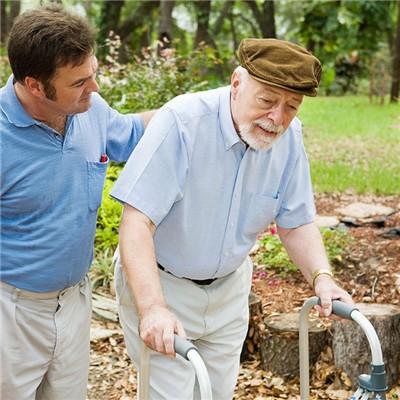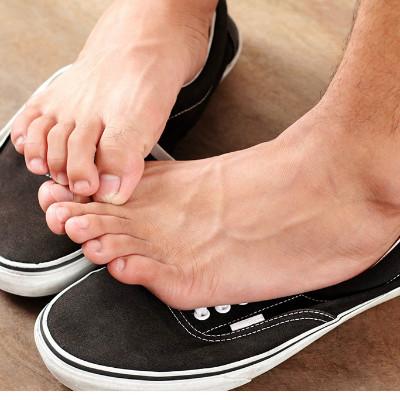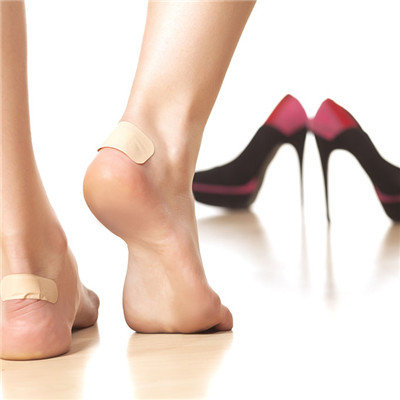What is paralysis
summary
Paralysis is a word that everyone is familiar with and afraid of. As we all know, if a person is paralyzed, he can't have a normal life and can't take care of himself. My uncle next door is paralyzed. Now his son and daughter-in-law are taking care of him in bed. In fact, he has a clear consciousness, that is, he can't move. Let's share with you the common problem of paralysis!
What is paralysis
First, paralysis is the reduction or loss of voluntary motor function. It is a common symptom of the nervous system. Paralysis is caused by upper and lower motor neurons, pyramidal tract and peripheral neuropathy. The common causes include craniocerebral trauma, tumor, inflammation, cerebrovascular disease, degeneration, poisoning, and some medical diseases, such as diabetes, porphyria, macrocytic anemia and vitamin B12 deficiency.

Second, the paralysis of superior motor neurons is characterized by the fact that the motor cortex and descending pyramidal tract dominate the muscle group intensively, so the lesion often leads to paralysis of the whole limb (monoplegia) and paralysis of one limb (hemiplegia); Bilateral lesions can cause paraplegia or quadriplegia of both lower limbs. The muscle tension of affected limbs is increased, the tendon reflex is hyperactive, the superficial reflex is weakened or disappeared, pathological reflex appears, and there is no muscle atrophy and muscle bundle tremor. But after long-term paralysis, dysfunctional muscle atrophy can be seen. Electromyography shows normal nerve conduction velocity and no denervation potential.

Third, the characteristics of lower motor neuron paralysis: the muscle tension of paralyzed muscle decreased, the tendon reflex weakened or disappeared (the injury of lower motor neuron interrupted the monosynaptic stretch reflex), the muscle atrophy appeared in the early stage (about a few weeks) (the muscular dystrophy of anterior horn cells), the muscle bundle tremor could be seen, there was no pathological reflex, the electromyography showed decreased nerve conduction velocity and denervation potential.

matters needing attention
Paralyzed patients had better sleep in a bed with guardrail, which can prevent them from falling and is also conducive to the rehabilitation exercise in the future. Can spread thick soft mattress on plank bed, conditional can use air cushion bed. When incontinence occurs, a rubber pad can be placed under the sheet, and a paper diaper can be placed on the sheet, so that it can be replaced in time and kept dry.












